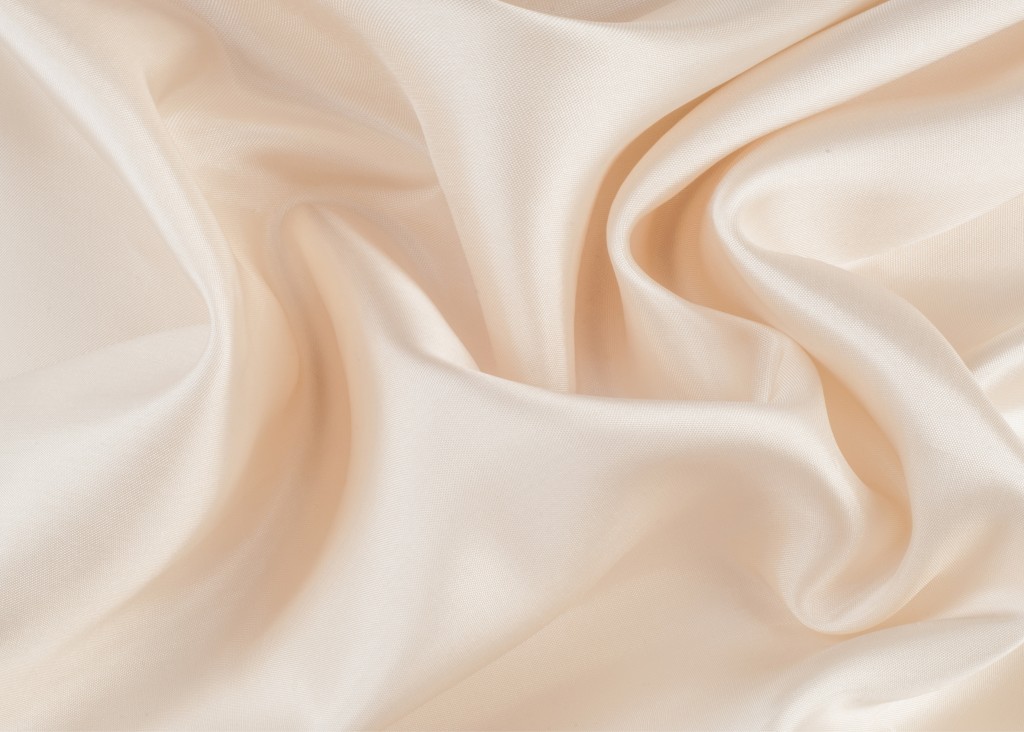For thousands of years, texture and fabric have always been tradition done by different cultures and will always be relevant. Most cultures use textiles and fabric as a way of keeping themselves warm and cozy during cold nights, but it’s also got a lot of historical significance, with some fabrics being passed down through generations.
The textile industry has always been one of the most in-demand sectors for centuries. This isn’t a surprise when billions of individuals are wearing clothes, pants, and even protective gear. Textiles and fabric are also used for a variety of different tools and equipment, such as tents, awnings, and bags.
Sustainable Textile and Fabric
Even as you are reading this, millions of threads are being spun into usable cloth and fabric in manufacturing facilities around the world.
Since most raw materials, especially plant matter, can be woven into a fabric, there’s practically a near-endless supply of resources that textile business owners can use in making clothes, equipment, and fabric. There are practically endless ways of using textiles, and there’s bound to be even more innovations in the textile industry has years pass.
But contrary to what most people think, the ever-increasing demand of the public for fashionable wear, designer clothes, and apparel have caused most of these resources to dwindle.
While natural fibers like cotton are being placed in plantations, the environmental impact of producing fabric from these types of textiles has caused widespread pollution in a variety of different countries. In fact, most third world countries, which are usually where most of these factories are placed, use up around 20,000 chemicals just to produce and supply clothes to different parts of the globe. Even synthetic types of fibers like nylon and spandex and known for causing a lot of water pollution.
Fortunately, various sustainable fabrics can be used without polluting the environment. Here are some alternative fabrics that you might want to check out in your local stores.
Pineapple Fabric

You might not believe this, but you can actually make fiber out of the leaves of pineapples. The process of making pineapple fiber is relatively simple and is known for being a viable alternative to leather. So don’t throw those pineapples leaves away — you might be able to make some fresh threads out of those.
In the Philippines, pineapple fiber is one of the most “fashionable” types of fiber in the industry and has been used for different clothing. However, most would use it for more formal dresses and apparel. Whether you are part of the middle class or the elite, having pineapple fiber in your wardrobe was considered a sign of prestige.
Banana Fabric
Bananas are probably one of the easiest known tropical “fruits” that can be grown without much supervision. Not only are bananas a great source of sustenance and potassium, but the tree’s fleshy stem has one of the strongest natural fibers. Since these fibers are comprised of celled tissue that’s bonded through elastic sap, this fiber exhibits some of the best tensile strength and finesse that would put most synthetic fibers to shame.
Most tropical countries have been using this fiber to make a variety of different textiles since it’s known for having a multitude of different weight and density, depending on the species of a banana tree and the “consistency” of the stem.
But whether the banana fabric is being used for clothes, ropes, mats, tents, and outdoor equipment, it’s still important to ensure that our fabric can easily stick to any type of surface. If you are going on a hiking trip or have any DIY project that you want to finish with your fabrics, you might want to state-of-the-art PVC keder cords to fasten any fabric to any challenging surface.
Hemp Fiber
It’s only high time that we start using hemp fabric as an alternative for cotton-based apparel. Hemp fiber is considered one of the most highly versatile sustainable alternatives. It is durable to wear and tear, but it’s known for having antibacterial properties, which makes it great for individuals concerned with sanitation.
There’s a reason why hemp is colloquially known as “weed” — it’s one of the fastest-growing plants that take up little to no water. What’s not to love about this plant? The public is wondering why hemp has not been a standard in the textile industry.
Even though there are a lot of new innovations in the textile industry, we don’t have to look far when it comes to addressing environmental concerns. Sometimes, the best solutions are in the simplest parts of nature. These sustainable fabrics are known for being comfortable, easy-to-produce, and environmentally friendly.

